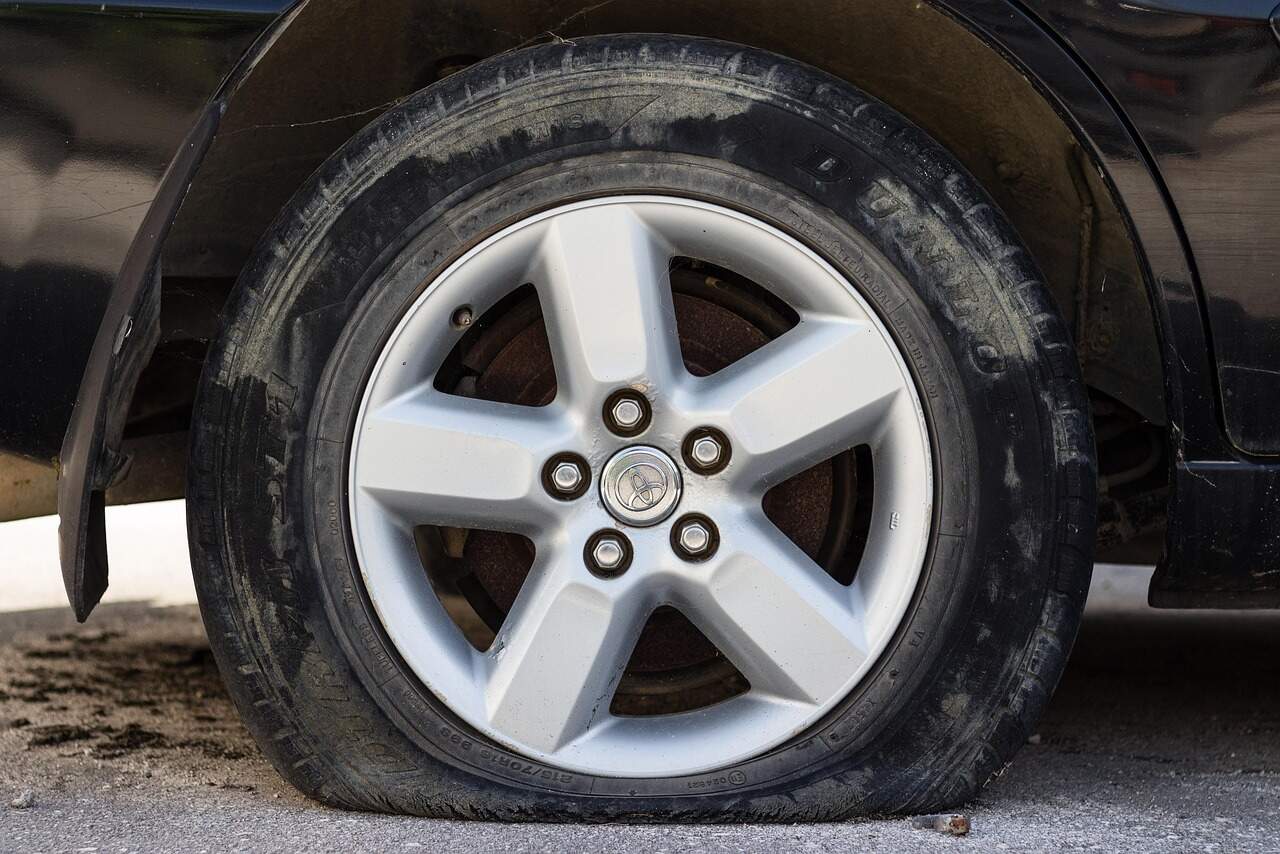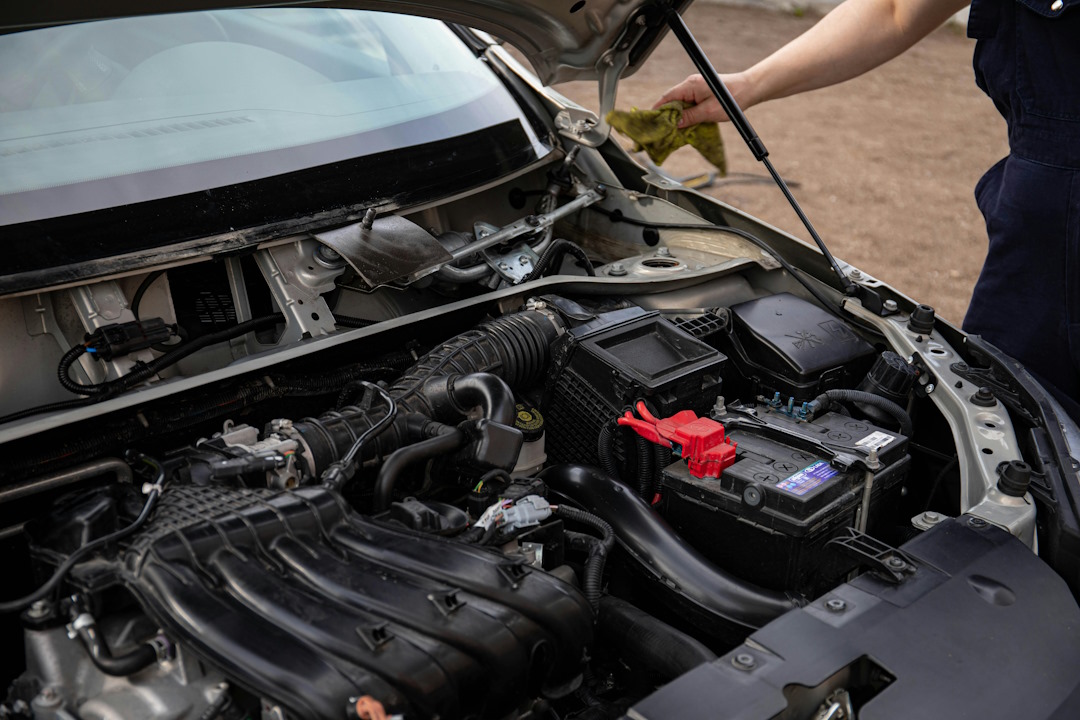When driving on the highway, your tyres are your lifeline on the road. But have you ever noticed how the weather can change how your tyres feel and perform? The weather isn’t just about comfort during driving. It’s a major factor that decides how your highway tyres interact with the road. Your tyres will adjust to weather changes, and how they respond can surprise even experienced drivers.
How Weather Affects Driving Safety
From hot and dry weather conditions to cold and wet roads, each type of weather comes with its own challenges. By being aware of these conditions, you can be more confident in driving safely on the highway.
Heat
Driving in hot weather doesn’t only make the inside of your car uncomfortable. This also puts extra strain on your vehicles, especially the engine, cooling system, and tyres. If you’re not prepared, this can lead to overheating, reduced tyre traction, and even brake failure.
Specifically, it affects the tyres by causing the air in them to expand. This then can increase the pressure and lead to higher risks of blowouts. Aside from that, the heat can also soften the rubber, which can cause your tyres to be more prone to punctures. The asphalt road can also get so hot that it becomes sticky. This can make your tyres wear down quicker and even decrease fuel efficiency.
Tips for Driving in Hot Weather
To keep things running smoothly, here are some tips to help you stay safe when the temperature rises.
- You need to check your tyre pressure regularly to avoid over-inflation.
- Avoid overloading because carrying too much weight can put stress on your tyres. This is riskier in hot weather because of the hot asphalt.
- Try to drive at moderate speeds only. High speeds generate extra heat in your tyres, so it’s safer to drive slower on hot days.
Cold Weather
Cold weather can have the opposite effect on your tyres compared to hot weather. While heat causes your tyre pressure to rise, cold temperature causes the air in them to contract. This lowers tyre pressure, which then reduces your tyre's grip on the road.
In cold temperatures, the rubber in the tyres becomes stiffer, and this can be dangerous on snowy and icy roads. For every 5-6°C temperature drop, tyre pressure decreases by about 1-2 PSI. This can make tyres more prone to slipping because they lose responsiveness and grip. Also, lower tyre pressure can cause uneven wear and reduced fuel efficiency.
Tips for Driving in Cold Conditions
Cold weather can affect your car's performance in ways you may not immediately notice. With the right preparation, you can drive more confidently and safely in the cold.
- Similarly, you should regularly check and maintain your highway tyre pressures
- You may consider having winter tyres as they’re designed to have better grip in cold and icy weather.
- You should warm up your vehicle at the start of your journey. This can help improve traction.
- Cold roads are often more slippy, and this makes driving more challenging. So take it slow and be gentle with steering and braking.
Rain and Wet Roads
Wet roads can be very slippery, especially after it starts to rain. During this time, rainwater mixes with oils and dirt on the road, and this creates a slick surface that can reduce your highway tyre's grip.
Aside from reduced visibility, driving in the rain also comes with the risk of hydroplaning, which happens when your tyres lose contact with the road. This reduces your ability to stop or steer, which makes avoiding hazards more difficult.
Tips for Driving in Wet Weather
If you’re not careful, driving in the rain can be risky. However, by following these tips, you can keep your car running smoothly even in the rain.
- Highway tyres with deep treads help channel water away. This keeps you from hydroplaning and improves your tyre performance.
- Lowering your speed helps avoid hydroplaning and still maintain control on wet roads.
- Similarly, avoiding sudden movements and smooth steering and braking help maintain control.
The Importance of Tyre Maintenance
No matter what the weather is like, regular tyre maintenance is important. This means checking your tyre pressure often, inspecting your tyres for wear and tear, and rotating them often. Taking care of them ensures they perform well in any weather and have enhanced performance. More importantly, regular maintenance not only extends the life of your tyres but also keeps you and your passengers safe, no matter the weather conditions you face.
To ensure your tyres are ready for any conditions, choose us at Tyrepower. As Australia’s largest independent tyre group, we offer top tyre brands and services to help you drive safely. Contact us today to find the perfect highway tyres for your vehicle, no matter the weather conditions!



























